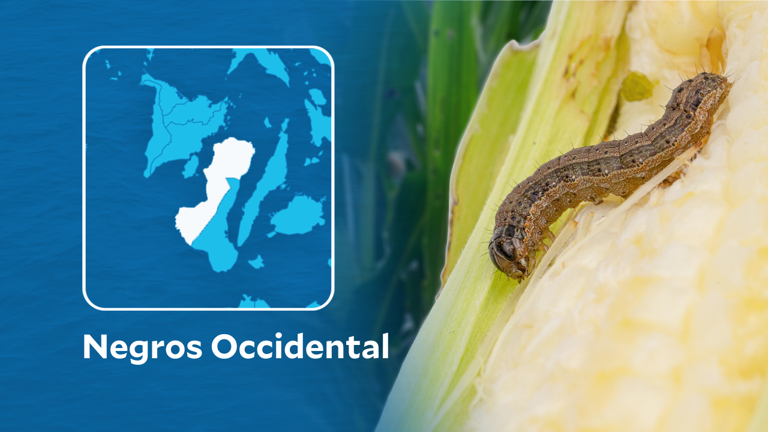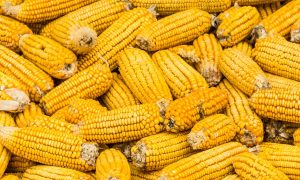Fall armyworms spread, attack crops in 9 Negros Occidental areas

BACOLOD CITY — Fall armyworms have ravaged 558.23 hectares of sugarcane and corn crops in Negros Occidental, affecting 663 farmers across 40 barangays in two cities and seven municipalities. The infestation, following recent rains, prompted the provincial government to allocate P3 million for pesticides. The Philippine Sugar Research Institute highlighted the urgency of early detection and intervention, attributing the outbreak to climate change and warning of extensive crop damage.
BACOLOD CITY — Fall armyworms have attacked and destroyed more sugarcane and corn crops in Negros Occidental.
The Office of the Provincial Agriculturist (OPA) said in a June 28 report that the armyworms have now hit 40 barangays in two cities and seven municipalities in Negros Occidental.
Nilo Basco Jr., head of the crop protection section of the OPA, said the pests have affected the plants of 663 farmers and destroyed sugarcane and corn crops on 558.23 hectares in Himamaylan City, Kabankalan City, Isabela, Moises Padilla, La Castellana, Murcia, Cauayan, Ilog, and Binalbagan.
Basco said the armyworms surfaced after rains started following the long dry season.
Armyworms cause damage to crops through defoliation — the premature removal of the grassy parts of plants such as leaves.
The provincial government has initially allocated P3 million to buy pesticides to curb the spread of the pests.
The Philippine Sugar Research Institute (Philsurin) said in a statement that the recent infestation of armyworms, locally known as “tagostos”, on several fields in southern Negros, calls for great concern in the sugar industry.
“This outbreak is not out of mere coincidence, but a result of numerous factors, which are chiefly driven by climate change. Severe infestation of armyworms usually occurs at the onset of the rainy season after a long dry spell,” it said.
Philsurin said the armyworms are one of the most destructive leaf feeders.
“The armyworm activities are more prominent when nights are warm and debris or cane trash is in the sugarcane fields. Severe infestation in cane usually defoliated standing young cane leaving only the midribs standing,” it said.
The key to managing armyworm infestations, it added, is early detection and intervention as these pests could quickly cause extensive damage if left unchecked.
















